— 6 min read
7 Ways to Improve Construction Site Safety
Last Updated Jan 22, 2024
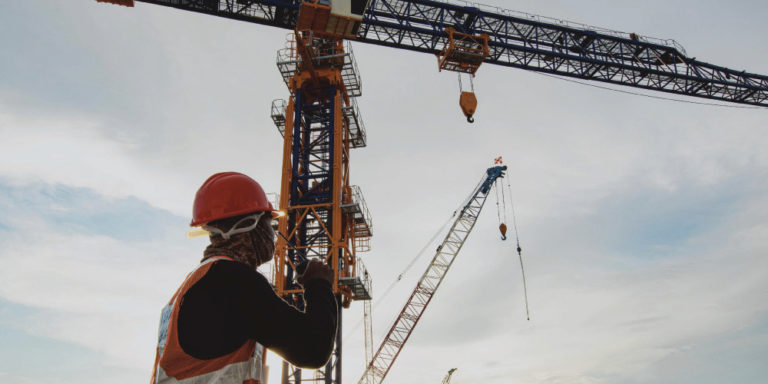
Construction is a risky business by almost any measure: It not only has one of the highest business failure rates of any industry, but construction work also sits atop the list of the most dangerous jobs. In 2019, the construction industry accounted for about 20% of all work-related fatalities in the U.S. Because this line of work has a greater chance of injury or death than others, construction site safety is a priority for contractors to make sure work zones are safe and workers are protected.
In this article, we’ll explore the most common jobsite safety risks — and what contractors can do to improve safety for all parties involved.
Table of contents
Common jobsite safety risks
According to the Occupational Safety and Health Administration (OSHA), almost 3 out of 100 full-time workers were injured on the job in 2019. In that same year, 1,061 construction-related fatalities were recorded.
Based on a history of site inspections and recorded injuries, OSHA developed the Focus Four initiative to highlight the four most common jobsite hazards:
- Falls: Employees are often injured by falling through unmarked or unguarded holes in walking surfaces, and slips and trips can be the result of materials or tools improperly placed throughout the jobsite.
- Caught-in or between: Injuries or fatalities could occur when loose clothing gets caught in belts or pulleys while heavy equipment and foundation walls present two immovable objects that can crush or suffocate an employee.
- Struck-by: Building materials being unloaded overhead by cranes or booms frequently result in struck-by incidents.
- Electrocution: Contact with overhead power lines and electrical power boxes presents risks that can lead to serious injury or death during the construction phase.
It’s no surprise that the 10 most frequent OSHA violations mirror the Focus Four risks: Fall protection, ladders, and scaffolding accounted for 60% of the top violations in 2021.
Risks to employees are a top priority for contractors, and threats to health and safety aren’t the only cause for concern. Unsafe practices on the site could lead to construction delays, legal fees to defend violations, and breach of contract if safety issues are non-compliant with contract terms.
7 best practices to improve construction site safety
Here are some of the best steps that contractors can take to maintain safety and compliance standards on construction sites.
1. Make safety a priority
Safety starts at the top of the organization. Owners and company leaders need to prioritize safety within their company culture. When compliance and accident prevention are part of the daily messaging and work routine, everyone becomes involved in safer operations.
Keep in mind that any safety program’s success will hinge on consistent messaging and constant interaction with employees.
2. Create a comprehensive site safety plan
A comprehensive and actionable safety plan will help meet compliance standards and reduce risk on the jobsite.
At a minimum, a quality safety plan will include the following:
- A description of each project: its scope and location plus general site conditions
- Description of identifiable hazards on the project jobsite
- Contact information for key safety and emergency personnel
- Procedure and protocol for handling common safety issues and emergencies
- A description of local, state, and federal safety regulations
- Instructions for reporting safety incidents or hazards, including “near misses”
- Feedback instructions for the plan itself
Contractors should review and update their safety plans periodically.
Learn more – Site Specific Safety Plans: What to Include
3. Conduct regular jobsite safety training
Once a safety plan is in place, the key to avoiding mishaps revolves around training. It’s especially important to train new hires or those who don’t have construction site experience. By the same token, training should be a regular exercise for employees who are veteran construction workers since safety reinforcement will help the cause.
In addition to trainings, employers should conduct safety stand-downs, events where employers engage directly with employees about safety. These safety gatherings are sometimes reactive, but they can be an amazing proactive safety tool in which a project team holds a stand-down to ensure that their workforce is aware of the incident or risk and takes steps to prevent a similar occurrence on their site.
Go Beyond OSHA Regulations
The Procore Safety Qualified program provides construction professionals with everything they need to know to create a culture of safety.
What to Expect During an OSHA Inspection — and How to Prepare
4. Service and update equipment regularly
Old, worn equipment and tools can malfunction or break and cause injury. New, ergonomic tools and equipment have benefits that are two-fold.
Modern tools of the trade can help productivity and reduce body strain that can lead to musculoskeletal injuries. This investment can also help cut down on struck-by and caught-in incidents, two common hazards on the jobsite.
5. Keep open lines of communication
After a jobsite is evaluated for potential hazards, distribute information throughout the organization so that all stakeholders and employees are aware of any adverse conditions. Modern technology, including smart devices and construction management software, makes real-time communication simple between the office and the jobsite.
Stay Ahead & Leave Risk Behind
Manage, baseline, and improve your quality and safety program from your desktop and mobile devices.

6. Document & track safety incidents
As the saying goes, “you can’t manage what you don’t measure.” Managing and reducing safety requires contractors to keep a careful record of injuries as well as near misses.
Modern construction software platforms include tools to record and report on safety incidents. Regular construction safety reports help managers identify the root cause of common hazards and reduce future impacts. Proper and detailed documentation could make a difference in a legal case in which responsibility for a mishap must be determined.
Learn more: Contractor’s Guide to Jobsite Inspections
7. Work with your insurance provider
Contractors often carry a variety of insurance policies to protect their company from financial loss in the event of a mistake or accident on the jobsite. Your insurance company has a vested interest in reducing claims, and they can often provide tools and recommendations to reduce jobsite risk – and premium costs.
Keeping your worksite crews healthy and safe is important in and of itself. But safety is also an essential business practice for construction companies.
Categories:
Tags:
Written by
Thomas Tracy
13 articles
Thom is a group benefits consultant with over 25 years of experience as an insurance and financial advisor. He has written for Quickbooks, tED Magazine, Investopedia, the National Bank of Arizona, and others.
View profileWin More Work
Get discovered for relevant work on the Procore Construction Network.

Explore more helpful resources
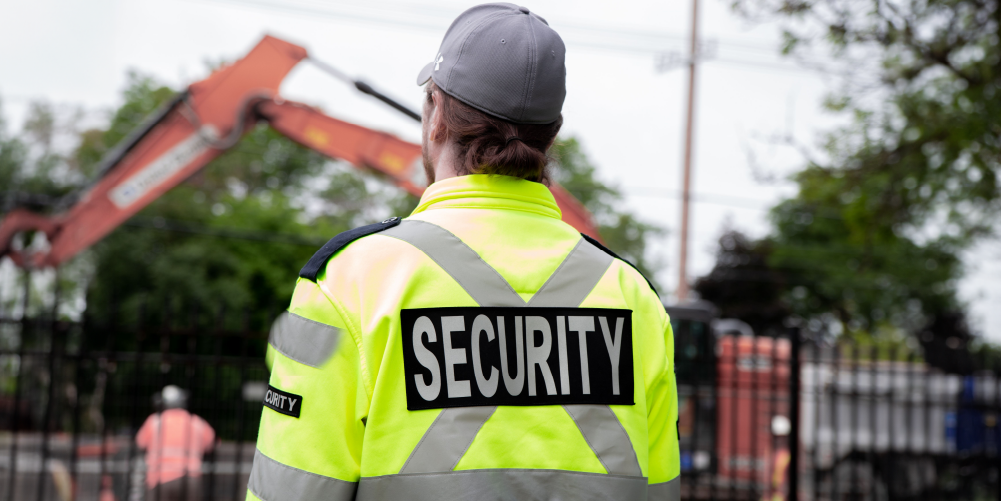
Jobsite Security: Assessing and Minimizing Construction Site Risks
Assessing security needs for a construction site early can save time and money and avert potential complications later on the project. Security on a jobsite mitigates risks by protecting the area...
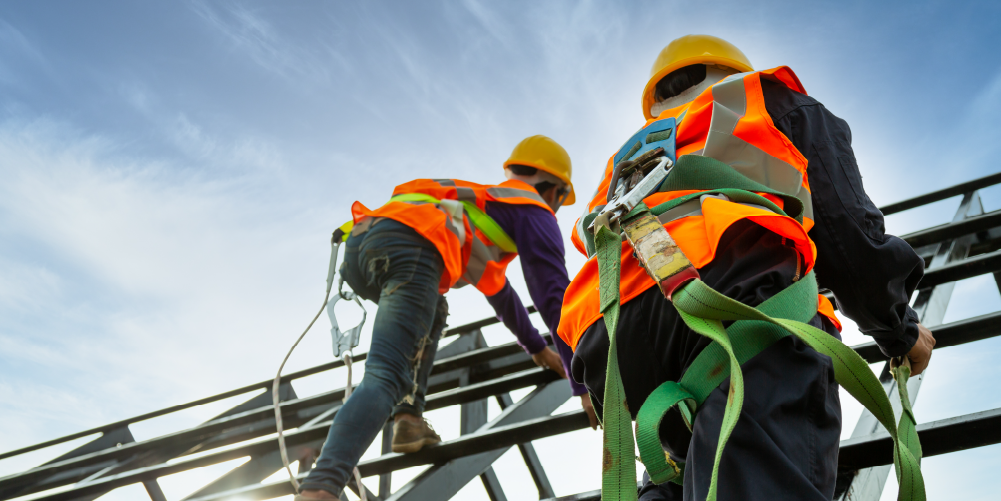
Creating a Culture of Safety in Construction
In construction, a positive safety culture impacts a company’s productivity, reputation, and worker morale — and it also affects the bottom line. Always a high priority, safety culture needs to...
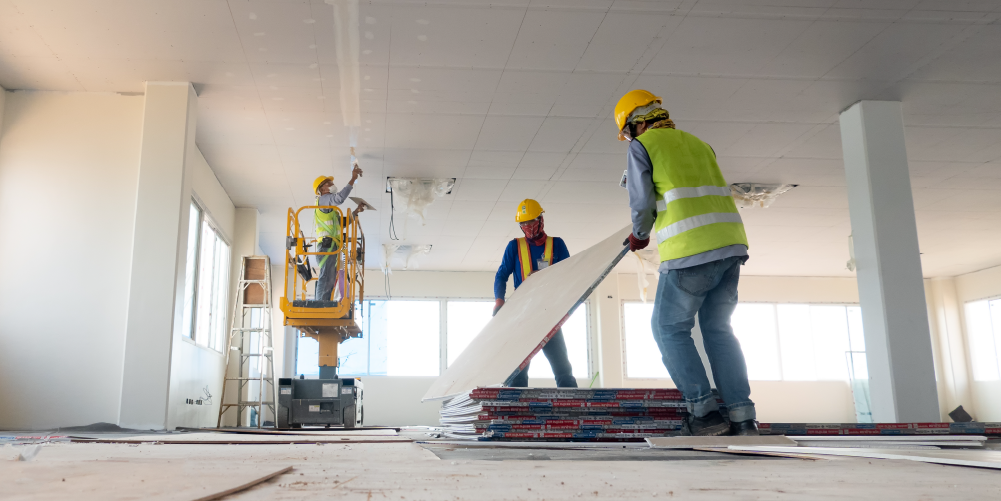
9 Tips for Effective Subcontractor Management
Subcontractor management, the overseeing, supervision and coordination of subcontractors, profoundly impacts the overall success of a construction project. This integral piece is usually shouldered by the general contractor, constituting a...

How to Leverage Construction Field Reports for Project Success
In the fast-paced and complex construction world, effective documentation is not just a bare minimum requirement — it’s a necessity for success. Among the various types of reports generated during...
